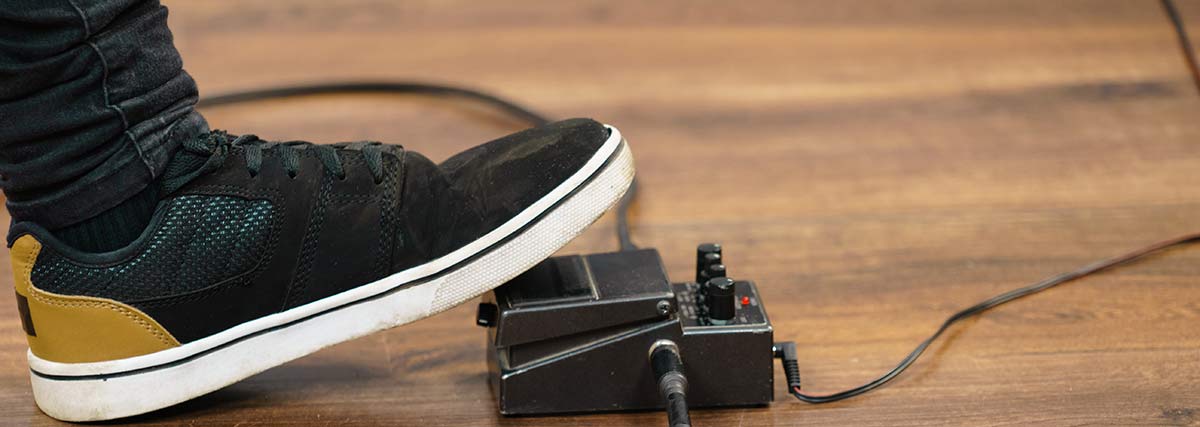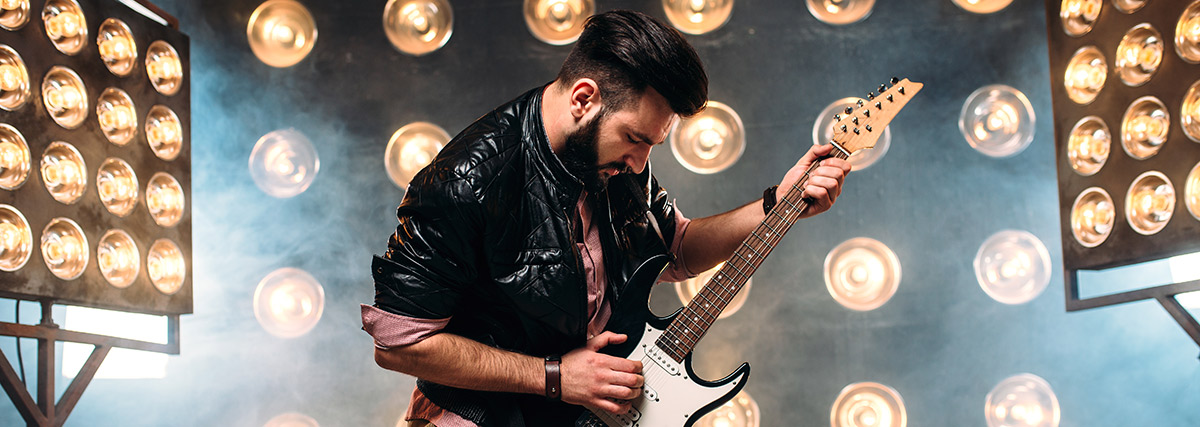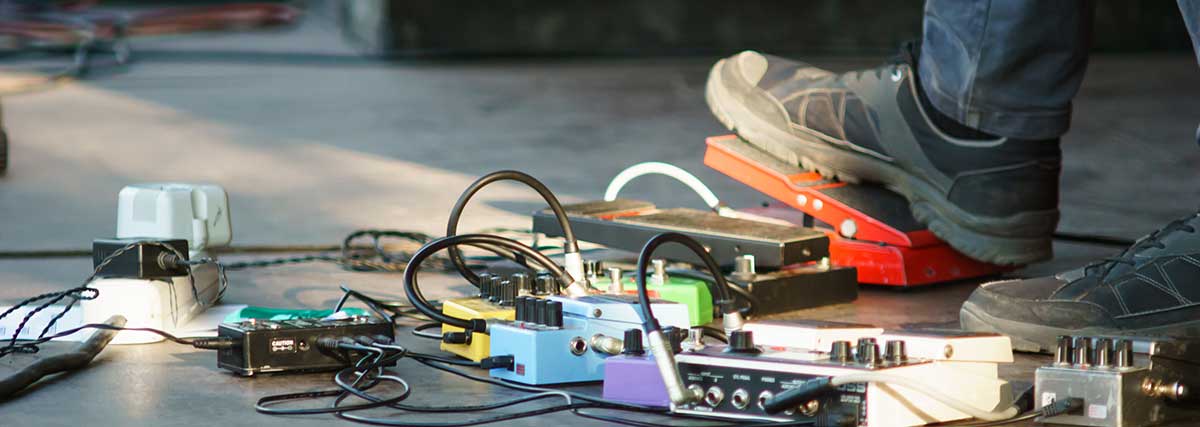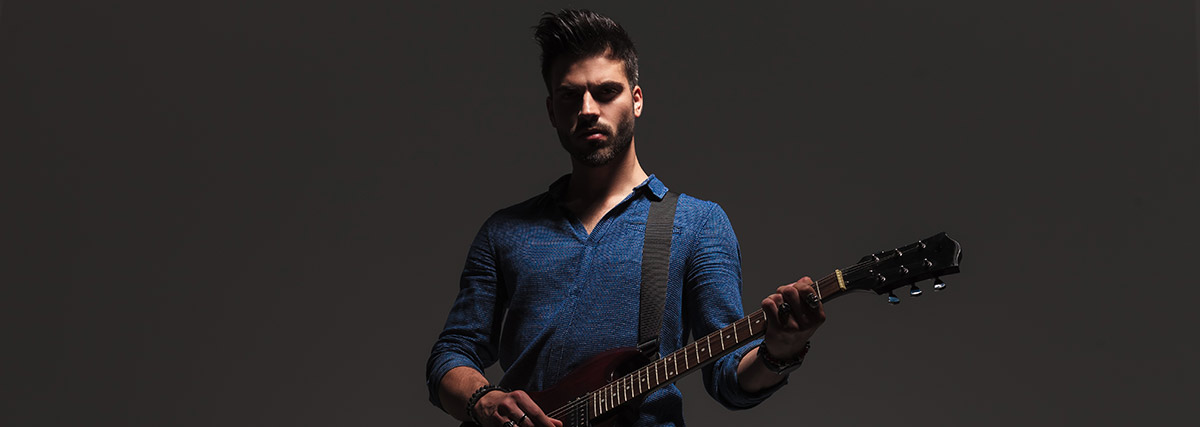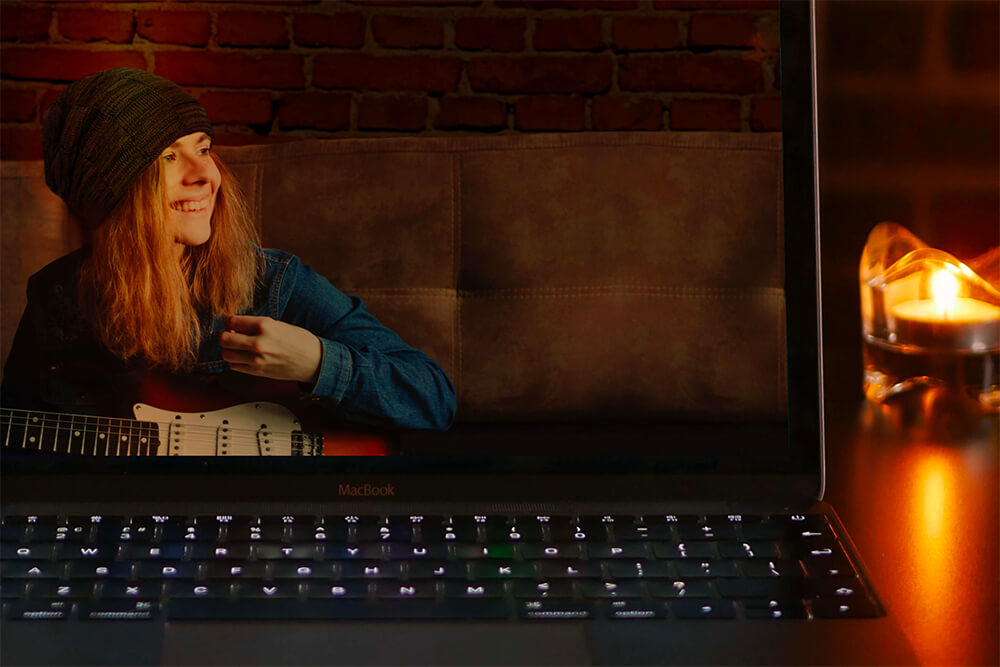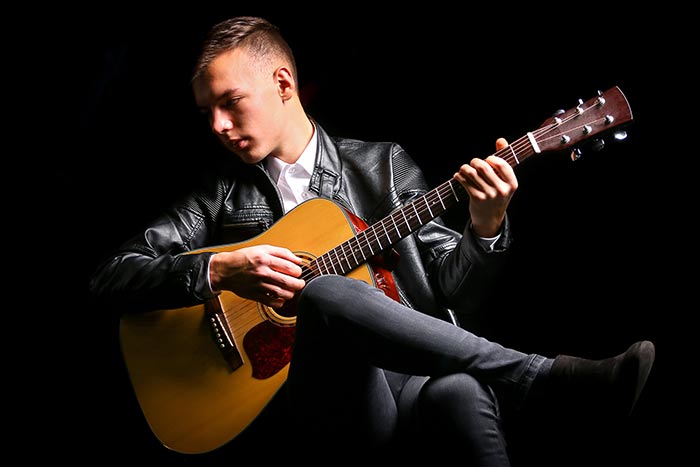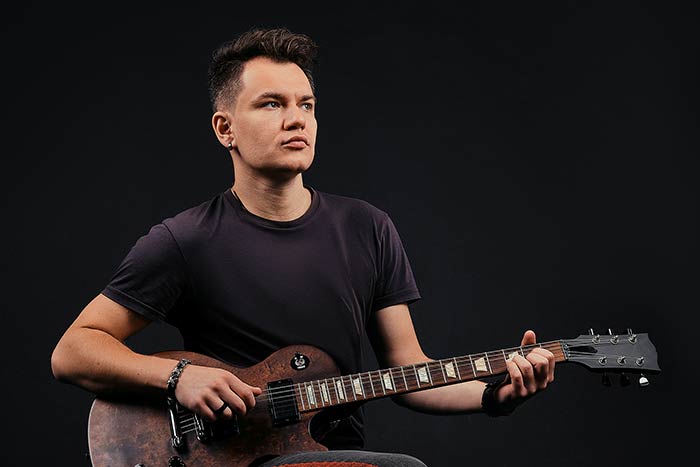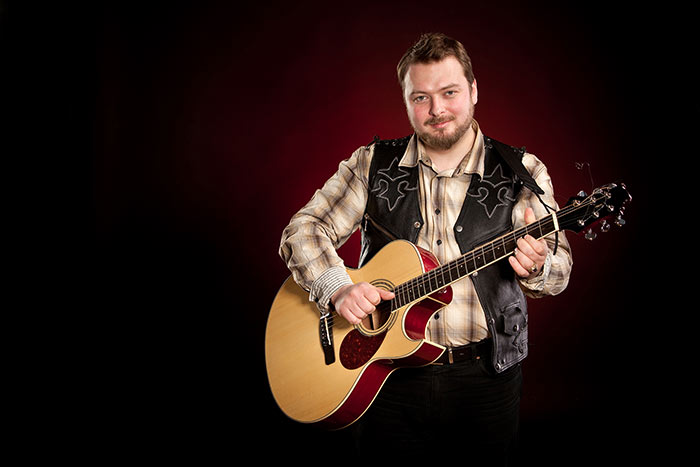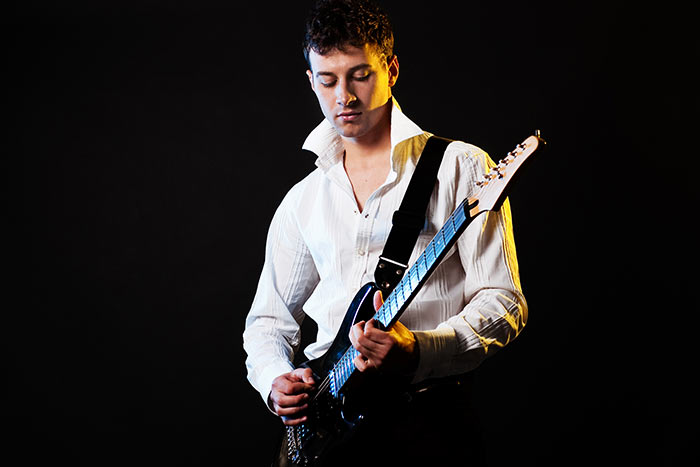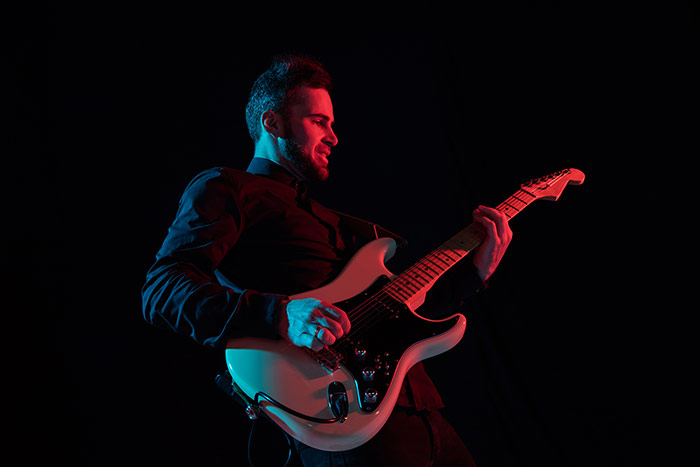Starting your guitar effects pedal journey can be an overwhelming process for some, due to the excessive amounts of products available from companies all over the world. Over the past 50 years or so the popularity of guitar pedals has been rapidly increasing, first seen in regular use by the late great Jimi Hendrix with his use of fuzz boxes and wah wah pedals. With a million different flavours of effects in all different categories it can be hard for some to pick what their first guitar pedal will be, so where should you start?
Where Do I Start?
Looking back on my own guitar pedal journey, I realised that my first guitar pedal was perhaps an effect that I would’t immediately think of today. This was a wah wah pedal, a Dunlop Cry Baby to be exact. So why did I want this pedal? At the age of 13 or so when I first purchased my wah wah
pedal from the local music store, I had recently become a big fan of Jimi Hendrix and Slash of Guns N’ Roses, both of whom are regular users of the wah wah pedal. Since my little practice amp had a distortion channel and basic effects I could already achieve my distorted rock tones, ambient clean reverb tones, as well as other modulation effects that I had no idea how to use, I figured the one thing I couldn’t do with my humble little setup was create those wah wah sounds, so that should be my first pedal!
Looking back this probably wasn’t the worst idea in the world. I had two of my guitar heroes who I was learning the songs and solos of and wanted to emulate their sound as closely as I could. When you think about it, you can’t really learn the intro of “Voodoo Child (Slight Return)” without a wah wah pedal can you? I would recommend that this be a good place to start for any player, think about who your favourite guitarists are that you are learning the songs of or are trying to replicate the sound of, and find out what pedals they are using to achieve their tone. This will also be a great way to get you motivated for practice, since you will now sound that little bit closer to your guitar hero!
How Do I Research Different Products?
With an absolute plethora of options on the guitar pedal market these days, it can be incredibly intimidating when starting off on your guitar pedal journey. Once you have identified what sort of effect you are after (this could be a distortion, reverb, delay, phaser, wah wah, chorus pedal) give your guitar idol a quick google to find out exactly what pedal they use to achieve their tone. If it is someone who was around in the 60s/70s/80s/90s then this may be an older more vintage unit that is no longer in production or incredibly collectible, so a reproduction or clone of the original pedal may be a good way to find a more entry level version of the effect.
Once you have a better idea of what effect you are after, jump on YouTube and type in “Electro-Harmonix Big Muff demo” for example if you are trying to find some demos of the iconic fuzz pedal that made David Gilmour’s tone sustain forever. YouTube guitar pedal demos and shootouts have been incredibly popular over the past 10 years or so, so there should be plenty of well recorded resources to demonstrate what the pedal sounds like, and even alternative options that may be of interest.
What Do All The Knobs Do?
One potentially daunting task of jumping into the world of guitar pedals is figuring out what all of the controls do! Some modern pedals look like some sort of unit stolen from NASA with enough controls to launch a space shuttle, but not all pedals need to be this way! Actually for your first few guitar pedals, I would recommend sticking to the smaller and simpler units with three or four knobs on them to keep things super simple. The problem with the more complicated units is that although more controls can give you more tone shaping ability, there is also more margin for error if you don’t know how to set these controls properly. With a simpler unit it can be harder to go wrong with some of the more old school style pedals from manufacturers such as BOSS, MXR and Ibanez, which created many of the classic tones that we all know and love.
A distortion or overdrive pedal may be a good place to start for those looking to get a nice crunchy rock tone that they may need to switch to quickly in-between sections of a song that also has clean parts. Two classic overdrive/distortion pedals are the BOSS DS-1 and the Ibanez TS9 Tube Screamer, both of which share the same three controls. A three knob overdrive pedal is probably the perfect place to start, since there are three core controls that you should be aware of. Both pedals will have a drive/distortion knob which will control the amount of crunch that your tone has. For a solo you may want to boost this more to create more sustain to single notes or for a rhythm part dial it back since you’ll probably be striking multiple notes with a hard attack.
The tone knob is incredibly important, as this will control how bright or dull the sound is. Usually starting with this pointing straight up can be a good place to start, then moving it slightly to the right or left to compensate for how bright your amp and guitar sound is. Make sure this isn’t too drastically in either direction because this can make your tone sound too dull if it’s all the way to the left, or extremely shrill and hurt your ears if it’s too far to the right. Finally the level control is a simple one, this is simply the volume of the effect. You may want to boost this if you are using the pedal for your solo tone so that it cuts through over the rest of the band, or try to match the volume to your clean tone if you are using this as a rhythm guitar effect so there isn’t a massive jump in volume when you go from clean to dirty sounds.
Pedal Order?
Perhaps something to not worry about until a little later down the track is what order you should place your guitar pedals in. This will be an important thing to consider once you have a few different pedals which are different types of effects, such as reverbs, distortions, and modulation effects. Once you have a few different effects chained together on the floor or on a pedalboard, the order that they are placed in will have an effect on your overall tone when stacking multiple effects on at once. A standard pedal order that can be a good place to start (although may be changed for other specific purposes) is COMPRESSOR -> WAH WAH -> BOOST -> OVERDRIVES -> DISTORTIONS -> MODULATIONS -> DELAY -> REVERB.
Some of these may not be relevant to you right now, so perhaps a more basic way of thinking could be to simply make sure that your overdrives/distortions come before you reverbs and delays. This is because if they come after your reverbs and delays, this would cause your reverb and delay trails to be distorted which won’t produce the clearest tone (although has been used in the past for more specific sounds). This can be a great thing to experiment with at home simply by swapping pedals around to see how their order will change your overall tone.
Tags: Electric guitar, Guitar advice, Guitar tips, Guitar wisdom
